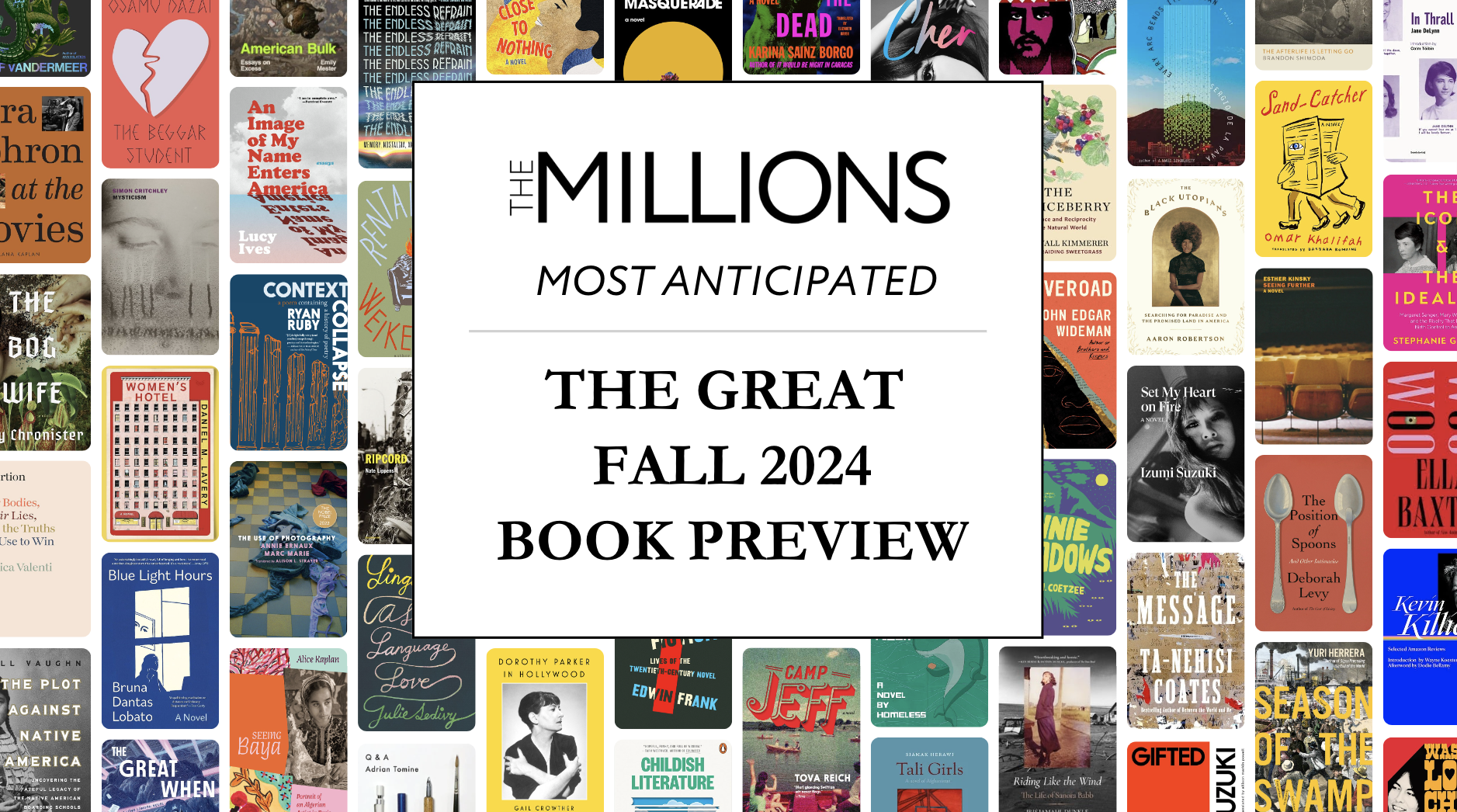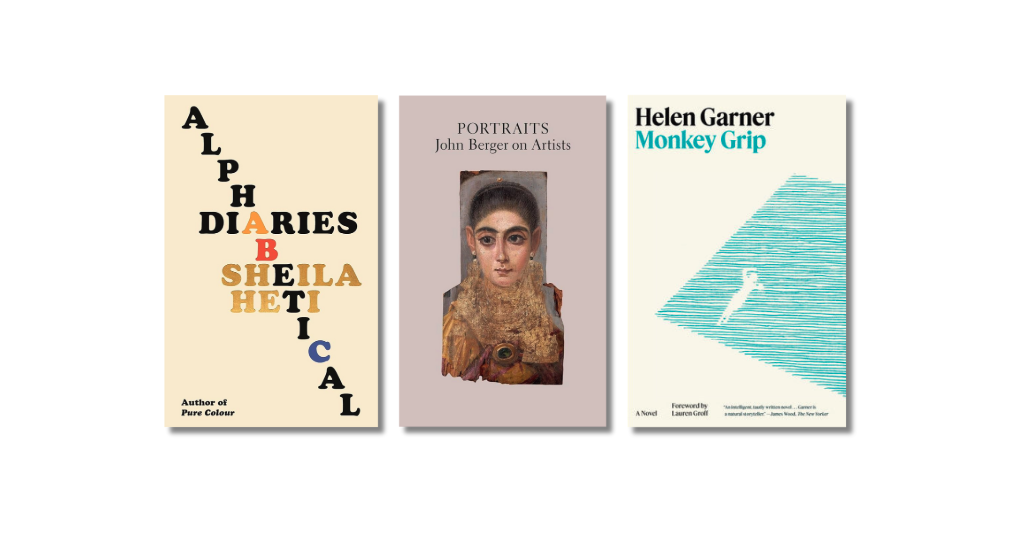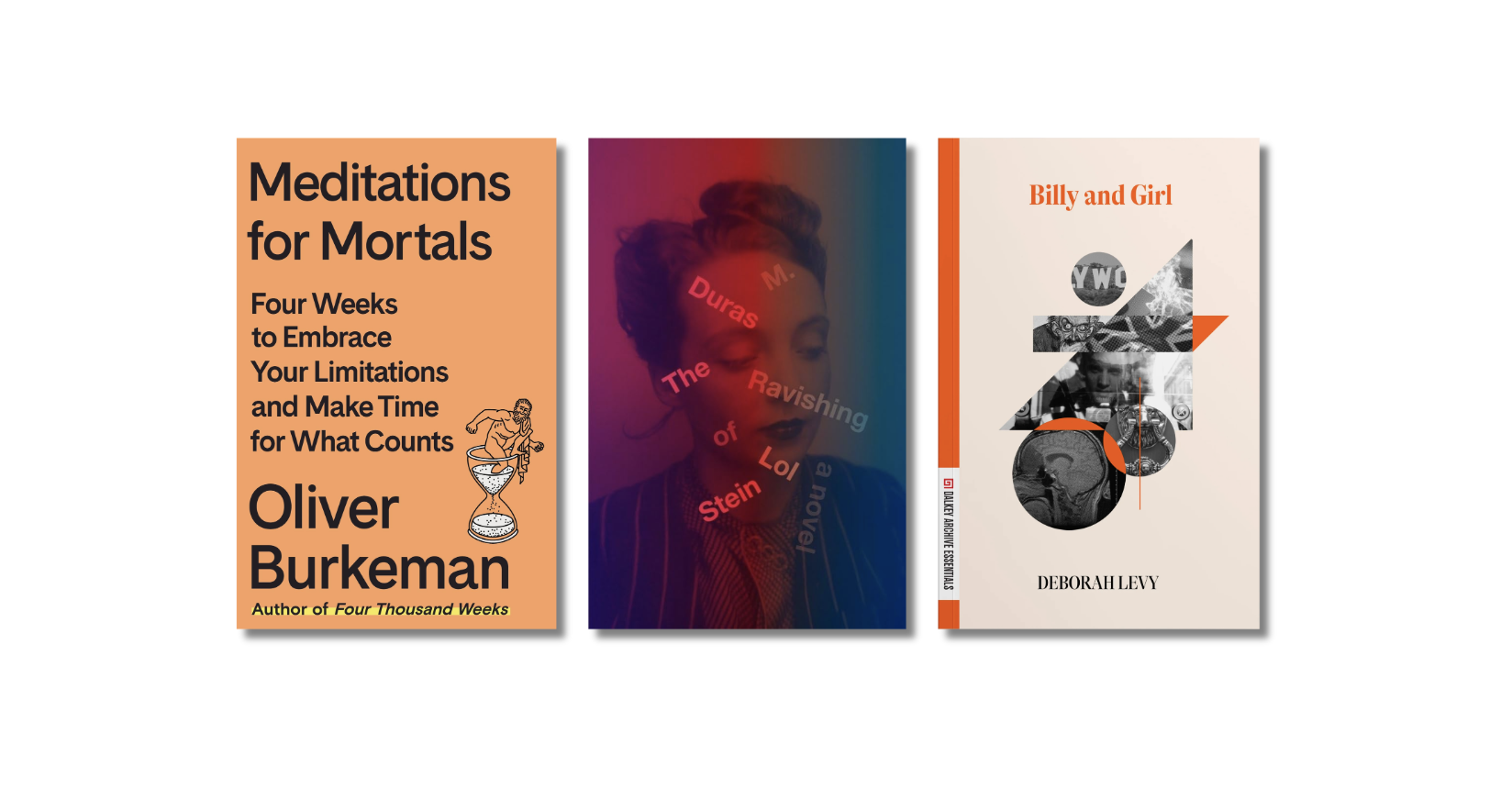 Likely aware that most of us are now jaded to the astronomical sales numbers that the Harry Potter books put up, Amazon has grabbed shoppers’ attention with an interesting ploy. The site is now looking to inspire further frenzies of buying by pitting town against town. “The Harry-est Town in America” is the American city or town that pre-orders the most copies of Harry Potter and the Deathly Hallows, and with that honor comes a $5,000 gift certificate to be donated by Amazon to a charity of the city’s choice. Unsurprisingly, suburban locales make up pretty much all of the top 100 “Harry-est” towns in America, and the D.C.-area suburbs of Northern Virginia appear to have a particular affinity for the boy wizard. Also, following up on yesterday’s “limited edition” post, a new box set of Potter books (pictured above) has been announced. It features “a collectible trunk-like box with sturdy handles and privacy lock” and “decorative stickers.”
Likely aware that most of us are now jaded to the astronomical sales numbers that the Harry Potter books put up, Amazon has grabbed shoppers’ attention with an interesting ploy. The site is now looking to inspire further frenzies of buying by pitting town against town. “The Harry-est Town in America” is the American city or town that pre-orders the most copies of Harry Potter and the Deathly Hallows, and with that honor comes a $5,000 gift certificate to be donated by Amazon to a charity of the city’s choice. Unsurprisingly, suburban locales make up pretty much all of the top 100 “Harry-est” towns in America, and the D.C.-area suburbs of Northern Virginia appear to have a particular affinity for the boy wizard. Also, following up on yesterday’s “limited edition” post, a new box set of Potter books (pictured above) has been announced. It features “a collectible trunk-like box with sturdy handles and privacy lock” and “decorative stickers.”









